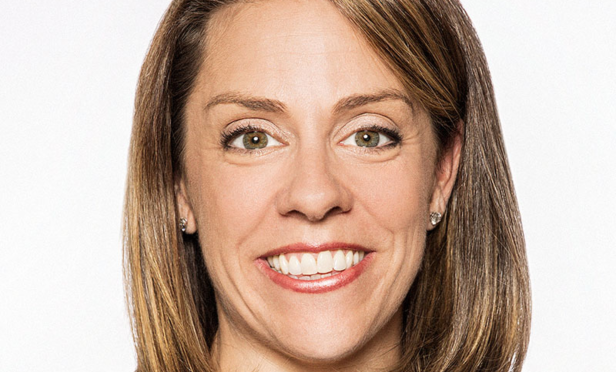 The flex office market is more than just hype and headlines. According to a new report from CBRE, flex office space is here to stay. While the office niche only takes up 2% of the total office supply in the US, it has experienced rapid growth driven buy significant office demand. By 2022, market data forecasts that 1 million workers will work out of a flexible office space, illustrating the strong demand.
The flex office market is more than just hype and headlines. According to a new report from CBRE, flex office space is here to stay. While the office niche only takes up 2% of the total office supply in the US, it has experienced rapid growth driven buy significant office demand. By 2022, market data forecasts that 1 million workers will work out of a flexible office space, illustrating the strong demand.
"We have seen a structural shift to flexibility that is here to stay," Julie Whelan, head of occupier research for the Americas at CBRE, tells GlobeSt.com. "This segment of space would not have skyrocketed to where it is today if occupier demand wasn't fueling it. Occupier demand driving growth to date remains strong as we head into 2020, as headcount uncertainty and decentralized workforces only become more normal circumstances that organizations need to grapple with. The flexible space model may shift from where we are today, but the fundamentals of speed, flexibility and low capital outlay will remain staples of occupancy decisions."
There have instantly been big names in the flex office space. WeWork, of course, leads the market nationally, accounting for one-third of the total flex supply. The second third of space is dominated by nine flex office operators, but in total, there are nearly 700 providers of flexible space across the US. "Diversity of offering is important for the health of this flexible office space market," says Whelan. "With diversity comes choice for occupiers and options for landlords. We feel that the players that either have a broad scale across the US, a local angle as a recognized quality provider or a niche offering that caters to a specific need in the marketplace will succeed. Long term, the number of individual operators will condense but there is room on the field for different types of models and offerings to meet the needs of varied consumer demands."
Los Angeles is one of the leaders in this emerging space, surpassing US averages. "Flexible space accounts for 2.7% of Greater Los Angeles' total office inventory, compared with a U.S. average of 1.8%," says Whelan. "Los Angeles is one of the largest and fastest growing flexible space markets in the US. Downtown and West L.A, are two of the most concentrated submarkets."
© Touchpoint Markets, All Rights Reserved. Request academic re-use from www.copyright.com. All other uses, submit a request to [email protected]. For more inforrmation visit Asset & Logo Licensing.






